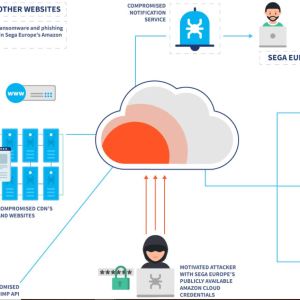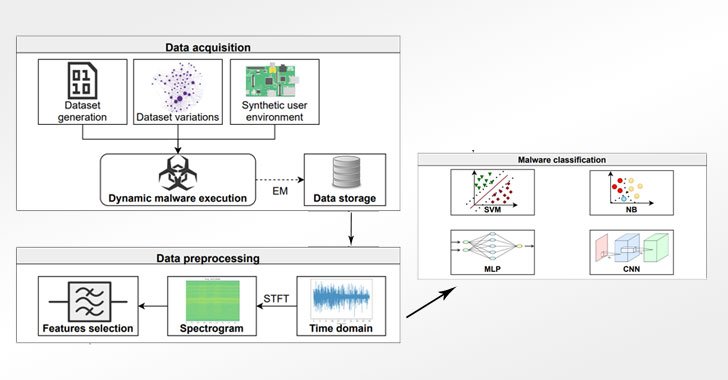In extensive research of many websites, including some high-traffic online services, security researcher Youstin ladunca recently discovered 70 cache poisoning vulnerabilities with various impacts.
RedLine information stealer was found targeting popular web browsers such as Edge, Opera, Whale, and Chrome and extracting passwords saved in these. The stealer is a commodity malware that can be purchased at an affordable price of just $200 on cybercrime forums. Users are recommended to use a third-party or dedicated password manager.
The healthcare system disclosed a cyberattack on October 15, 2021, when an intruder gained unauthorized access to the hospital’s network and patient data. It discovered the intrusion four days later.
Researchers uncovered two malicious campaigns that abuse MSBuild to drop Cobalt Strike on targeted machines. The attackers first gain access to the target environment with an RDP account. As per experts, the Windows Defender Application Control (WDAC) policy can prevent these kinds of attacks.
NTT Security exposed the China-linked BlackTech espionage group using new Flagpro malware in recent attacks against Japanese companies in the media, defense, and communications industries. The attack begins with a spear-phishing email, which is customized for the targeted organizations. Firms are advised to further strengthen their defenses, and watch its activity.
The unsecured S3 bucket could potentially also grant access to user data, including information on hundreds of thousands of users of the Football Manager forums at community.sigames.com.
HCL Digital Experience (DX), a platform for building and managing web portals, contained multiple vulnerabilities that could potentially lead to remote code execution (RCE), researchers claim.
Netgear Nighthawk R6700v3 routers running latest firmware are affected by multiple vulnerabilities. Details of the flaws were disclosed last week by Tenable after the vendor failed to release patches.
The website of the Jerusalem Post and Twitter account of Maariv were taken over with a picture of a fist firing a shell out of a ring with a red stone on a finger toward an exploded dome.
Researchers say electromagnetic field emanations from IoT devices can be used as a side-channel to glean precise knowledge about the different kinds of malware targeting the embedded systems.






